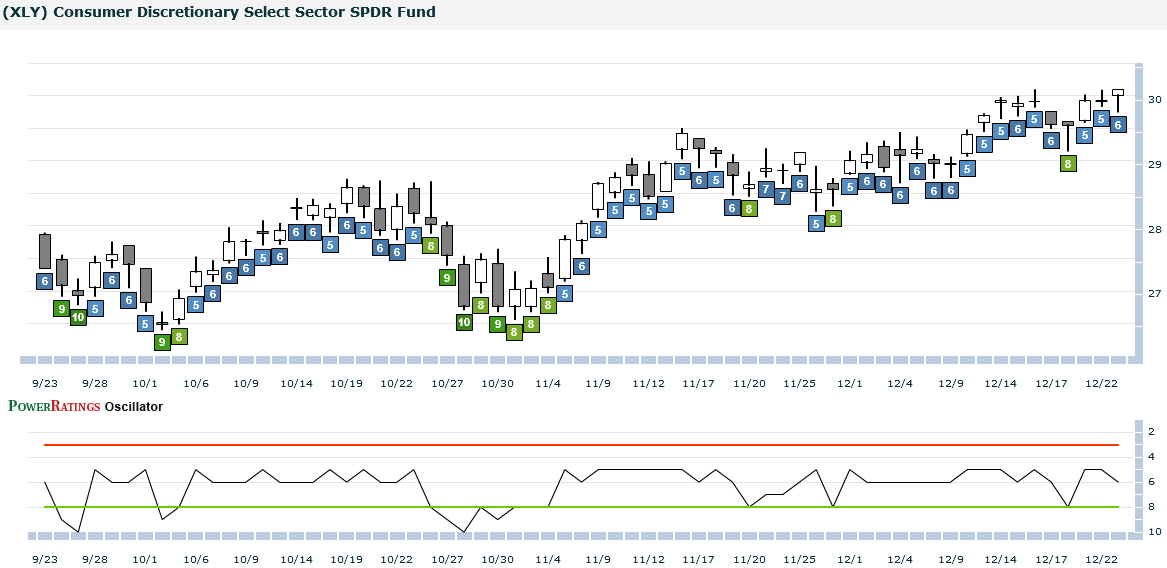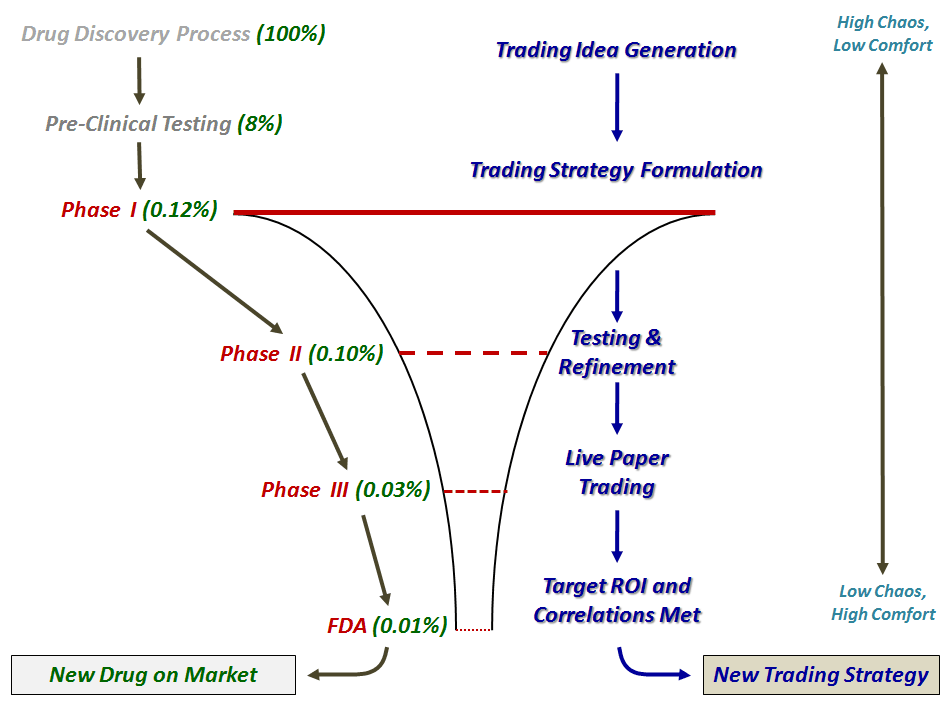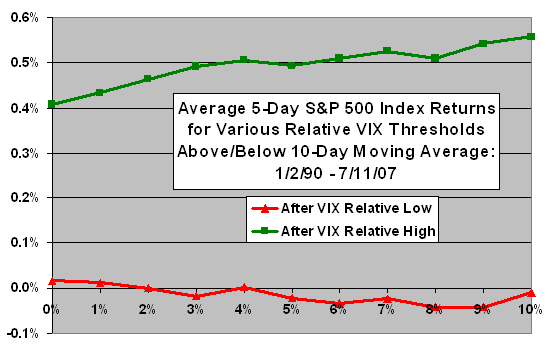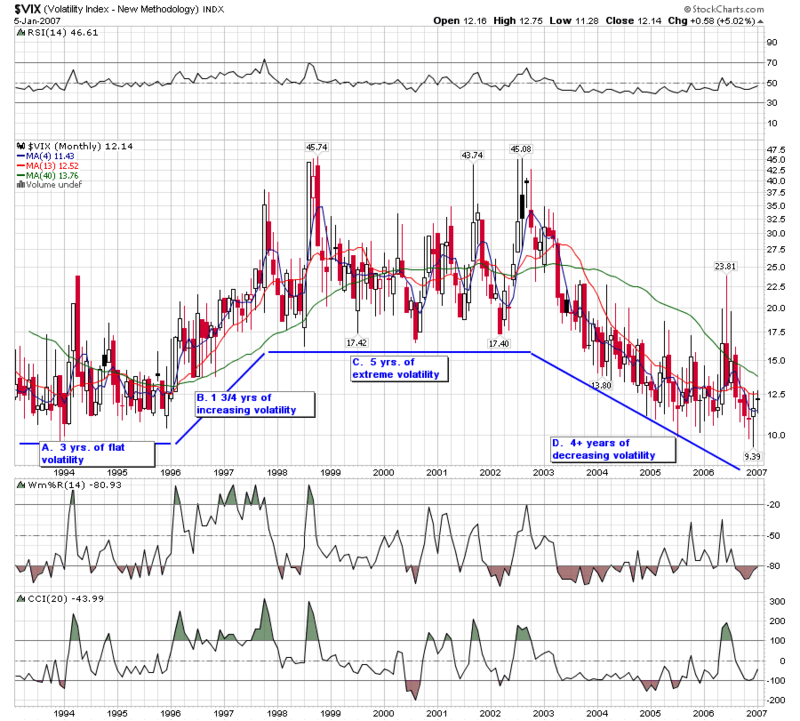Some Blogroll Highlights
As the year winds down, many traders and bloggers have put things on autopilot. While this is understandable, on my blogroll I noticed several important exceptions to this rule. Four blogs – three of which were launched in 2009 – have consistently hit high notes during the year and just happen to do so again during this slow period.
Rob Hanna at Quantifiable Edges is the multi-year veteran of the group. For those who may not be familiar with Rob’s work, he has compiled Quantifiable Edges Greatest Hits of 2009. This monthly retrospective may be the perfect introduction to a blog that is an excellent resource for those attempting to make the jump from a stock picker to a master of indicators and strategies.
Two other quantitatively-oriented strategies and systems guys just happened to be out with fine complementary pieces today. Like Rob, Frank at Trading the Odds can be counted on for thorough research and analysis covering a wide variety of strategies, which is always captured in a compelling and comprehensive manner. A former frequent commenter at VIX and More, Frank decided to set up his own electronic canvas earlier this year to have a more organized platform to share his thinking – and we are all better off for it. Today’s How to Make a Million (%) Trading the SPYDER – Part One is a fine example of Frank’s approach, leaving the reader with substantial food for thought and the promise of some excellent courses still to come.
In looking at David Varadi’s CSS Analytics blog, I was stunned to see that the blog is less than a half a year old. With all the high quality content that David has managed to shoehorn into just a few months, I’m sure my oversight can be forgiven. If this sounds like hyperbole, check for yourself. Start with today’s Relative Strength 101 and keep reading back in time until you lose interest. Warning: July comes up faster than you think…
Last but certainly not least is Tyler Craig’s options-oriented Tyler’s Trading. Today Tyler assembled a Blast from the Past which captures his top ten posts of the year. For the beginning to intermediate options trader, these articles combine important topics, excellent graphics, and facile prose.
Apart from coming up with something interesting to say on a regular basis, my biggest challenge here is undoubtedly maintaining an up-to-date, high quality blogroll that incorporates a wide variety of interests and perspectives from a mix of popular and semi-obscure bloggers. There are few things as invigorating, however, as discovering a fresh new voice. Let’s hope 2010 proves to be as fruitful in this regard as 2009 was.
Disclosure: Quantifiable Edges and the VIX and More Subscriber Newsletter are available as part of a bundle (with ETF Rewind) in Blogger Triple Play







